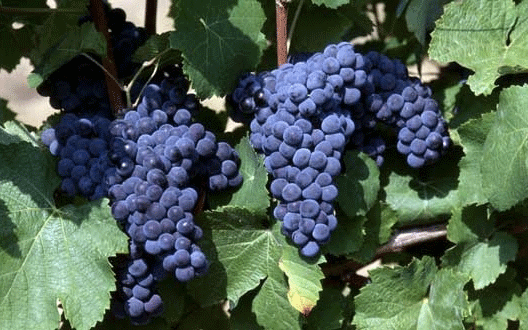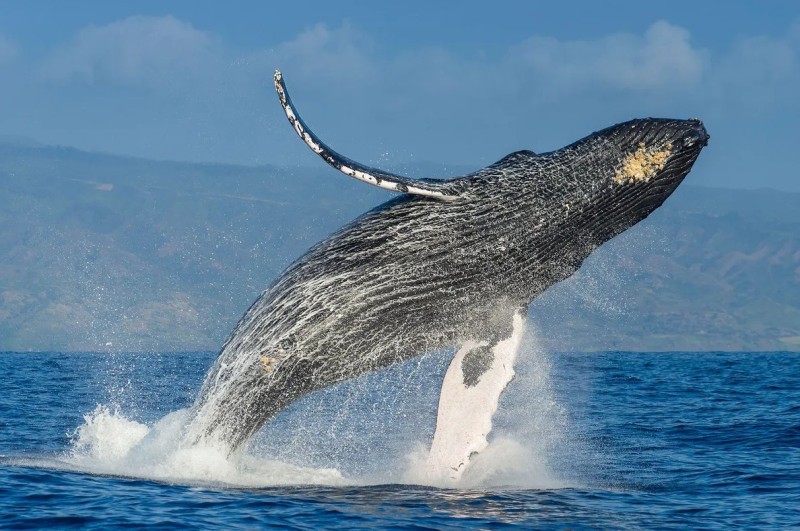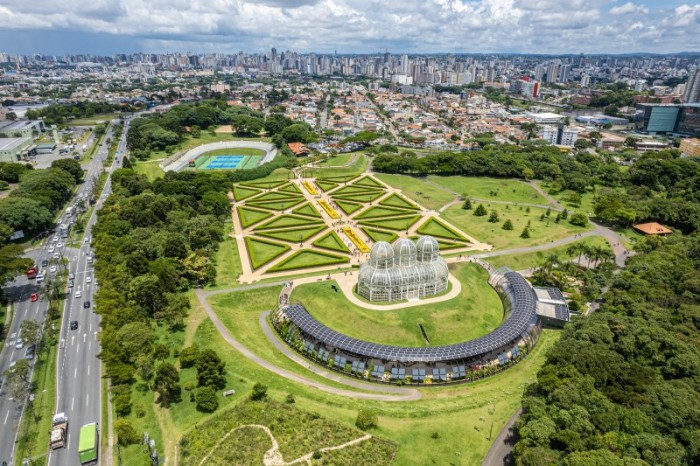Text and photos by Maria Victoria Wazar, first published in www.elcafelatino.org
Before starting on what today is the result of years of manual work, of applying empirical knowledge that has resulted in the transmission of vine cultivation from generation to generation, it is important to make a brief introduction to the history of wine in Latin America. From Mexico City to Brazil, Uruguay, Venezuela, Bolivia, not forgetting of course Chile and Argentina, whose vineyards have today achieved worldwide renown. We will discover how the wine-growing identity of each of these countries is the product of a past, of an indisputable trajectory in terms of heritage and assets accumulated over centuries.
Chile: a little history…
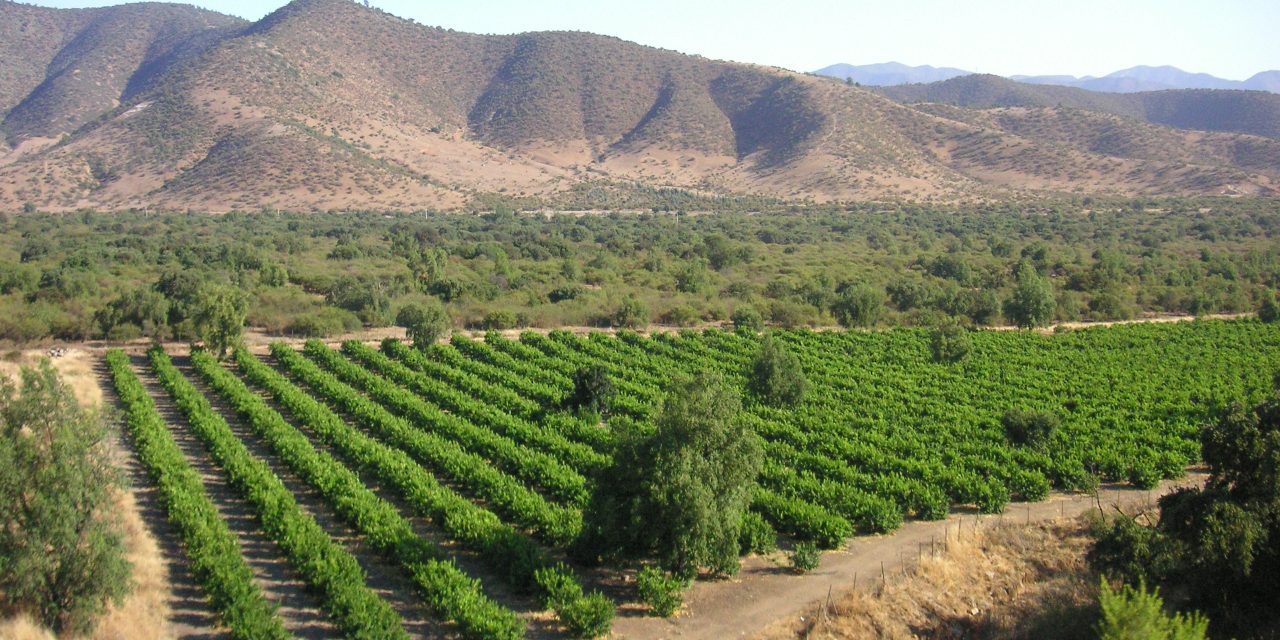
It is obvious that the introduction of the wine into Latin America was the result of the presence of the first Spanish settlers. In 1551, the Spaniards introduced the first grape plants to Chile, and the first wine made from them was produced in 1555.
It should be noted that wine at that time was consumed mainly during religious ceremonies carried out by the Spanish Catholic missions. This explains why the search for quality was not the focus of the “consumer”. The production and consumption of these wines increased significantly thanks to a tragic event in Europe: the phylloxera crisis. This bacterial disease affects grapes, completely devastating thousands of hectares, especially in France. This terrible event, which occurred in the third half of the 19th century, had a positive impact on South American viticulture.
The demand for wine in Europe had to be satisfied and so Chilean wines, for example, were successfully exported. In terms of quality, Chilean wine improved. The European clientele being quite demanding, wine producers began to take an interest in quality, terroir and the different methods of winemaking.
The modern method of winemaking appeared precisely in 1860 when the rich landowners around Santiago asked French producers who were unemployed due to the phylloxera crisis to cultivate the newly imported vines.
From the 19th century onwards, countries such as Chile and Argentina established themselves as producers of cheap wines with good value for money. Chile has never been affected by this bacterial disease, thanks in particular to its natural “barrier” formed by the Andes Cordillera, the Atacama Desert and the Pacific Ocean.
During this period, the roots of grape varieties such as Merlot, from Bordeaux, were pulled up to be planted in Chile. Before the phylloxera crisis, the Bordeaux vineyard was very different from what it is today; there was a dominant of Merlot and Carménère grape varieties. Before this crisis, 60 to 90% of the vineyard was planted with Carménère, a grape variety that is just as popular as Cabernet Sauvignon. But the irregular yields of Carménère contributed to the abandonment of this variety during the 20th century.
In the mid-1980s, a considerable effort on investment and modernisation began in Chilean vineyards. These investments mainly included artisanal work, technical development, access to new technologies and the acquisition of trends in the search for a wine that meets international expectations. This explains why today Chile is the main wine producing country in South America.
Carmenere: the Chilean diva
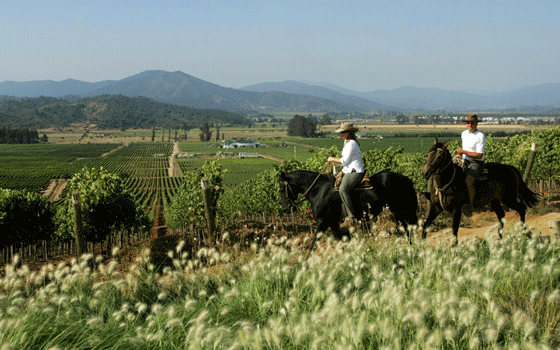
This comes as no surprise when one hears a winegrower express himself towards the Carménère: “it’s a slightly strange clone of the Merlot”. In reality, for several decades, most winegrowers were unable to establish the differences between Merlot and Carmenère because the grapes were identical. Winemakers discovered to their great surprise, after a DNA analysis in 1996, that what they were growing and releasing on the market as Merlot was none other than Carmenère.
In 1998, they began printing “Carménère” on the labels of the Chilean wineries producing these wines. Today it is easier to distinguish between Merlot and Carménère. According to experts, the difference is in the colour under the leaves of the wine; they are red on Carmenère and white on Merlot.
Carménère is a variety that goes wonderfully with Cabernet Sauvignon. When blended, these varieties give the wine a lively character, aromas and a sensation of intense fruit on the palate. Once in the cellars, the wine made from Carménère requires a great deal of care; its low acidity makes it more susceptible to bacterial infection. It is also this low acidity level that gives the wine its particularly delicious red and black fruit taste and spicy notes. The tannins are powerful and fine giving the wine its body and structure. On the palate, the wine reflects a complexity that refers to the aromas of coffee, grilled meat, celery, and even soy sauce for some. Most tasters appreciate Carménère and like to say that it was born to improve Cabernet Sauvignon as well as Merlot.
Oenotourism: “The Chilean route”
This tour includes 4 days from Santiago. It includes vineyards less than 200 km away. A small diagram will give you an idea.
The best part of this tour: several wineries offer spectacular visits (especially the most important ones) with horseback rides through the vineyards as well as accommodation in surprising rooms.
The downside of this tour: ground transport can be tiring. The ideal is, if you are travelling in a group, to rent a minibus with a driver who already knows the routes to be taken.

